How to choose a Reef Safe Sunscreen
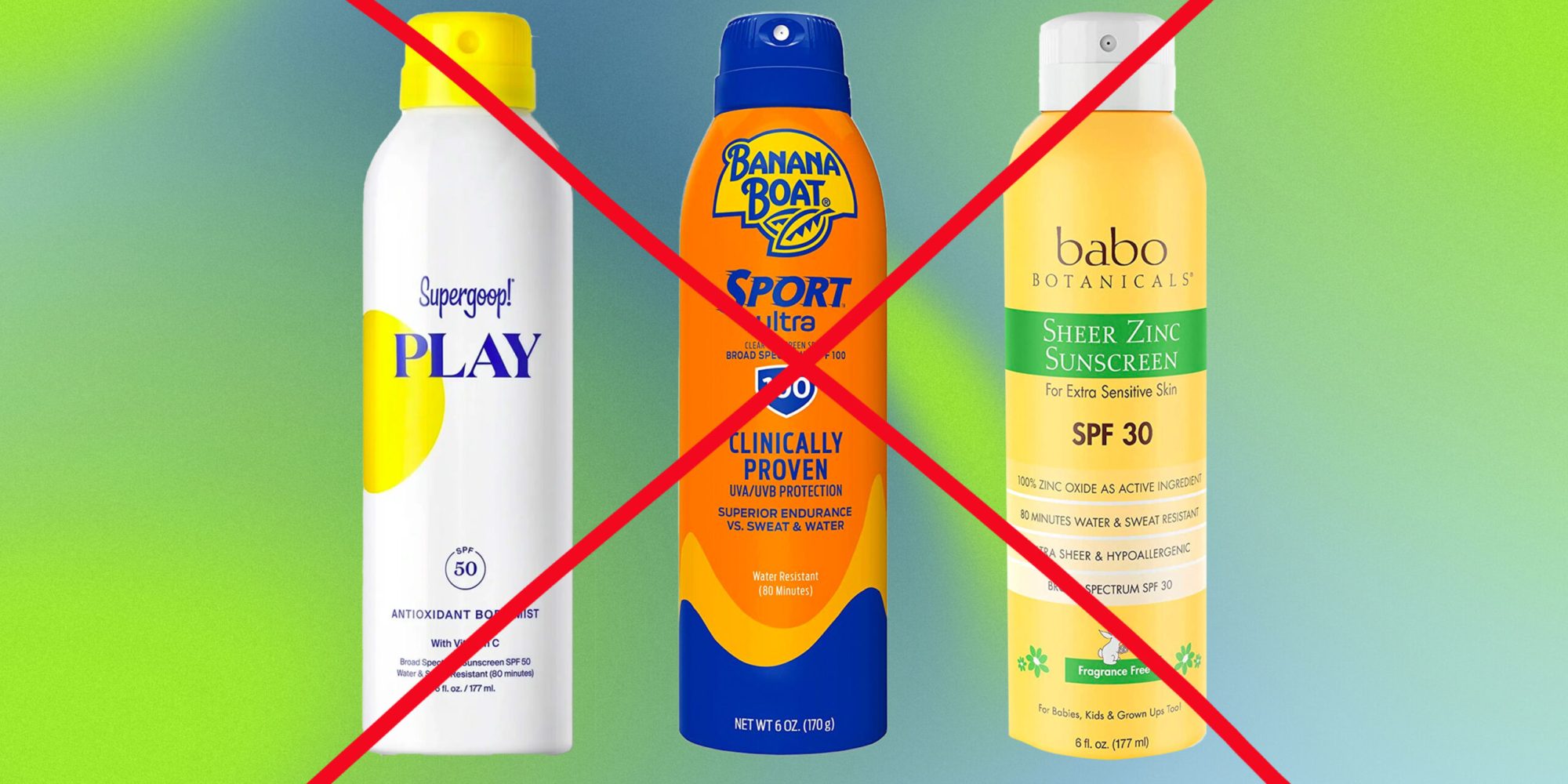
Reef Safe Sunscreens
Protecting the Reefs
“Beautiful,” “Magical,” and “Amazing,” are just a few of the words our guests have used to describe the coral reefs in the Virgin Islands after a snorkeling trip. Beneath our aqua-tinted waters, lies an ecosystem full of changing colors, exotic plant life, and multitudes of fish.
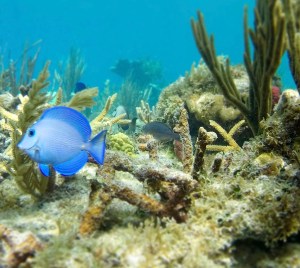
Blue Tang at Christmas Cove
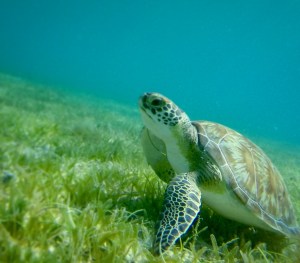
Turtle at Maho Bay
Whether you’re a novice or expert snorkeler, you’re bound to see schools of parrotfish, French grunts, and blue tang, but on any given day, you might also encounter giant sea turtles, an elusive octopus, moray eels, and a few sharks. It’s an ever-changing underwater garden that is both gorgeous – and endangered.
Even the slightest of disturbances – a misplaced anchor, too much sediment, or an errant flipper – can be damaging. One of the most common hazards? Sunscreens.
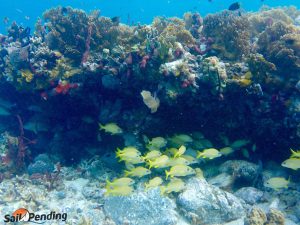
Christmas Cove, Great St. James Island
Educating Our Guests
The reefs, which are a natural defense to protect our beaches and calm our bays, are where Stormy Pirates Charters spend most of their days. That’s why we make sure that our guests wear only reef safe sunscreen and are well educated about Reef Safe and Responsible Snorkeling practices before getting into the water.
Unfortunately, there are several diseases and invasive species currently attacking the coral around our islands. The more we can do to protect our precious reefs, the better chance our reefs have of surviving.
Stoney Coral Tissue Loss Disease, first discovered in the Virgin Islands in 2019, rapidly kills coral, leaving behind a bright white skeleton. Sadly, it’s present in almost every reef in the Virgin Islands.
There’s also the invasive Lionfish, first spotted on St. Croix in 2008 and eventually around St. Thomas & St. John in 2010. The C.O.R.E Foundation took on the task of working with the Virgin Islands National Park Service to educate the public and businesses like ours about how we can manage the population of this invasive species. In turn, we inform our guests about Lionfish and ask them immediately to report any sightings.
Historic Legislation about Reef Safe Sunscreens
In 2019, The US Virgin Islands made history and set a precedent that other popular tourist destinations and city’s have followed. On July 20th that year, the US Virgin Islands banned the sale and usage of sunscreens that are harmful to our reefs.
Many of our guests call before they arrive asking, “How can I choose a reef safe sunscreen?” They also wonder if we have a favorite brand. In addition to reef safe sunscreen, all of our Crew members wear SPF protective clothing as this is the safest and most convenient way to protect your skin from the sun. Our Captains also wear gators and masks (a practice started long before Covid) to protect their faces from the sun’s rays.
Our Advice About Reef Safe Sunscreen

Unfortunately, the terms “Reef Safe” or “Reef Friendly” are not regulated. You may see these labels and assume they are safe to use, but often they’re not. Look closely at the list of ingredients. Those with a long list of chemicals are to be avoided. Although these products may be easier to apply, they can be very harmful to you and the environment.
Avoid: 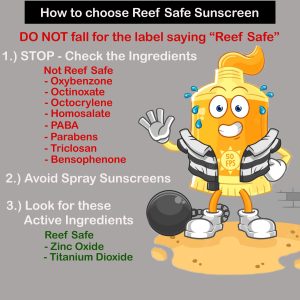
- Oxybenzone
- Octinoxate
- Octocrylene
(Remember: No ‘O’ ingredients)
Also Avoid:
- Homosalate
- 4-methylbenzylidene camphor
- Benzophenone’s
- PABA
- Parabens
- Triclosan
Our Advice:
Look for non-nano active ingredients and minerals like Zinc Oxide and Titanium Dioxide in your sunscreen. Zinc is the same mineral used for diaper rash and Titanium is found in white cake icing. Both are safe for you and the environment. (Remember: a little goes a long way.)
Do Not use spray or aerosol sunscreens, even if labeled “reef safe.” All are terrible for the environment and dangerous for those around you. On a windy day, only about 10% of sunscreen spray winds up on your body; the rest travels through the air and lands in people’s lungs or on clothing, furniture, and boat decks. (If you can smell it, the small particles of poison have already made it into your lungs.)

Those with asthma or COPD can become quite ill from breathing in those small particles, which irritate the lungs. Please do not be the reason someone has to make a trip to the emergency room while on vacation. Also, spray-ons typically contain Benzene, a known carcinogen, which is another great reason to stop using this type of sunscreen. (Fish and coral will thank you, too)
The experts at American Academy of Dermatologist Association, Consumer Reports, and Food and Drug Administration all agree that spray on (or aerosol) sunscreens could be dangerous if inhaled and are not as effective in protecting your skin as lotion or cream sunscreens.
We Highly Recommend …
Some of our favorite brands:
Some favorite places to purchase Sunscreen on the island:
- Stormy Pirates Boat Day Boatique (we proudly sell Virgin Elements brand in our store)
- Chelsea Drug Store located on both St. Thomas & St. John
- Ocean Surfari
- Caribbean Surf
End Notes: If you enjoyed this post, please share it with your friends. You might also drop us a note about your favorite reef safe sunscreens or a favorite local provider for reef-safe products. Then visit our website and book a boat day with Stormy Pirates Charters – we’ll put the gang plank down and escort you in style.
